TUCSON CACTUS AND SUCCULENT SOCIETY |
2024 - Monthly Meetings
First Thursdays January through November at 7 PM
A short business meeting followed by an informative presentation, door prizes, and free plants.
_________________________________________________________________
August 1, 2024 Meeting Announcement
August 1, 2024 7:00 pm There are two ways to view this presentation: 1. Attend the in-person meeting. Masks are optional.
2. Join online Zoom meeting. Zoom Link Zoom Instructions
| Future Dates (more info when available):
|
Thursday, August 1, 2024 7:00 pm "What is a Boojum? When worlds collide in the Sonoran Desert..."
Presented by Robert A. Villa |
More information will be posted when available. |
Thursday, July 11, 2024 7:00 pm "Relationship amongst cactus subfamilies Presented by Root Gorelick and Jackson Burkholder |
| For 30 years, biologists have used DNA to deduce evolutionary relationships amongst cacti. Consensus is that Pereskia and Leuenbergeria are the most basal (ancestral), while the highly succulent subfamily Cactoideae are the most highly derived. However, family trees based on DNA have been equivocal about relationships of the other two subfamilies, Opuntioideae (prickly pears, chollas) and Maihuenioideae (just two species of Maihuenia). By examining anatomy of areoles and leaves, we propose that Opuntioideae are the more closely related of those two subfamilies to Pereskia and Leuenbergeria. Opuntioideae glochids seem to be homologous to areolar leaves on Pereskia and Leuenbergeria. Those areolar leaves and glochids are deciduous and are both produced along the top edge of areoles. Root Gorelick is a professor of biology at Carleton University in Ottawa, whose work revolves around cactus biology, evolution of sex in all organisms, and academic governance. Root loves botanizing in southern New Mexico and maintaining a cactus garden in Ontario that is snow-covered for over a third of each year. Jackson Burkholder grew up attending Colorado Cactus and Succulent Society events and has been growing cacti and succulents for over twenty years. Jackson is currently the co-vice president of the Colorado Cactus and Succulent Society, and on the board of the Cactus and Succulent Society of America. He spends his time conducting plant anatomy research and taking care of his collection of primarily South American cacti. |
|
TCSS Meeting Refreshments Please share and socialize with your fellow members at our monthly meetings by bringing some type of finger food for the refreshment table. |
We are always thinking of your safety and if you are not feeling well we ask that you join us on the internet Zoom presentation. If you're doing well and would like to attend, you are welcome to come and join us for this special in person presentation (masks will be encouraged but not required). This meeting will also be a Zoom program and will be an important educational and informational event you must see. Also, if using Zoom, be sure to log in to win a $25.00 gift certificate from TCSS or choose a copy of the new 3rd edition of the Field Guide to Cacti & Other Succulents of Arizona. Excellent plant give aways will take place at the in person meeting but that portion of the program, because of the recording, will not appear on Zoom. When leaving the live in person meeting, please enjoy great refreshments provided by our member volunteers and also, everyone can get a special free plant offered to you by the TCSS. |
Thursday, June 6, 2024 7:00 pm |
| Often when we think of microbes, we think of human illnesses like food poisoning or a sore throat caused by bacteria. The pathogens that cause these illnesses represent just a small portion of the microbial diversity that exists around us. There are billions of microbes on our planet (and in our backyards!) that range from harmful to beneficial. Plants are constantly exposed to microbes in the wild and in cultivation, but the small fraction of these that are pathogenic can also have devastating disease consequences. I’ll be talking about some basics of plant pathology: signs and symptoms of disease, traditional methods for identifying pathogens, and some common plant diseases here in Arizona including those of cacti and succulents. I’ll also talk a bit about non-harmful microbes, including those that help promote plant growth and play roles in plant defense. Brooke Sykes is a PhD candidate in Plant Sciences at the University of Arizona minoring in Plant Pathology. She does research on fungi from the Arctic to the tropics with the goal of understanding how fungi interact with their plant hosts, and ultimately how these interactions may inform plant health and success in hosts that are rare or threatened. She has personal interests in arid-adapted plants and biodiversity as a whole.
|
TCSS Meeting Refreshments Please share and socialize with your fellow members at our monthly meetings by bringing some type of finger food for the refreshment table. |
We are always thinking of your safety and if you are not feeling well we ask that you join us on the internet Zoom presentation. If you're doing well and would like to attend, you are welcome to come and join us for this special in person presentation (masks will be encouraged but not required). This meeting will also be a Zoom program and will be an important educational and informational event you must see. Also, if using Zoom, be sure to log in to win a $25.00 gift certificate from TCSS or choose a copy of the new 3rd edition of the Field Guide to Cacti & Other Succulents of Arizona. Excellent plant give aways will take place at the in person meeting but that portion of the program, because of the recording, will not appear on Zoom. When leaving the live in person meeting, please enjoy great refreshments provided by our member volunteers and also, everyone can get a special free plant offered to you by the TCSS. |
Thursday, May 2, 2024 7:00 pm Presented by Robert H. Webb |
|
|
|
Haworthia truncata maughanii | Robert H. Webb | Hybrid Haworthia, "Queen of Spades" |
The genus Haworthia is mostly from South Africa and contains many of the prettiest and most valuable (by size) plants in the succulent world. The number of species is difficult to pin down but various sources range from 80 to over 400 species. Including the genera Astroloba and Poelnitzia, the genus, part of the Aloe family, has many diverse forms typically segregated into hard body and soft body groups. We've travelled extensively in South Africa and have seen many of these species, mostly in the company of a world expert, Gerhard Marx. This talk will show many species, in the veld and in cultivation, as well as some very interesting and expensive hybrids that have been produced. |
We are always thinking of your safety and if you are not feeling well we ask that you join us on the internet Zoom presentation. If you're doing well and would like to attend, you are welcome to come and join us for this special in person presentation (masks will be encouraged but not required). This meeting will also be a Zoom program and will be an important educational and informational event you must see. Also, if using Zoom, be sure to log in to win a $25.00 gift certificate from TCSS or choose a copy of the new 3rd edition of the Field Guide to Cacti & Other Succulents of Arizona. Excellent plant give aways will take place at the in person meeting but that portion of the program, because of the recording, will not appear on Zoom. When leaving the live in person meeting, please enjoy great refreshments provided by our member volunteers and also, everyone can get a special free plant offered to you by the TCSS. |
Thursday, April 4, 2024 7:00 pm |
The Arizona hedgehog cactus Echinocereus arizonicus subsp arizonicus is a member of the cactus family native to central Arizona, and is a robust, cespitose species forming clumps of 5 to 80 (-118) stems, the stems 8-10 cm in diameter. Because of its red flowers it is a very attractive cactus, and it was removed from the wild via poaching during the decades of 70’s to 90’s. As a subspecies of Echinocereus arizonicus, the Arizona hedgehog cactus or AHC is native to central Arizona and is known from an approximately 170 sq km between the town of Superior and Miami in Gila and Pinal counties. It’s found in in greatest density within chaparral and Oak forest with a couple of disjunct subpopulations in pine forest. The elevation range is 4000 to 5700 feet, so it does tolerate snow. Most of the range is within the Tonto National Forest but it occurs also on private property and BLM land. AHC habitat is very rugged, so surveys for the species are incomplete. It does not appear to occupy its entire suitable habitat, so its distribution is patchy. Thus, the known population estimate based on GPS points with proper metadata, is between 6000 and 7000 individuals, but this was prior to the Telegraph and Carlota Fires. In our presentation, we will discuss two restoration efforts of the AHC that the authors have been involved with the goal of augmenting the population of this endangered species, and show the impact of the wildfires in the area of natural distribution. This project received support from the TCSS in 2022. |
|
|
Raul Puente Martinez has worked at the Desert Botanical Garden (DBG) as Curator of Living Collections and Research Botanist since 2001. He is responsible for curatorial duties such as plant acquisition, database maintenance and mapping of the garden's Living Collection. Since 2006, he has been involved with the Cactus and Succulent Specialist Group of the International Union for the Conservation of Nature as the Red List Authority Coordinator. In this capacity, has has been involved in writing Risk of Extinction assessments for numerous species of Cactaceae as well as Agave and Yucca. His education includes a degree in Agronomy with a major in Botany from the Universidad Autonoma of San Luis Potosi, Mexico. He obtained his Master of Science degree from Arizona State University (ASU). His research interests include systematics of the genus Opuntia (prickly pears) as well as the use of low water plants in landscapes. His work at the DBG has allowed him to visit deserts of the world in search of plants with low water requirements for the Living Collection, as well as to test their potential for introduction into xeric landscapes. | Lane Butler has worked at DBG as Tonto National Forest Rare Plant Community Science Project coordinator and rare plant researcher since 2019. She is responsible for grant-writing for her various projects, which include opportunities to train community scientists to survey for rare plants in the Tonto National Forest as well as opportunities to work on rare plant conservation and restoration. Since 2021, she has been involved with conservation and restoration work with Echinocereus arizonicus ssp. arizonicus, the federally listed endangered Arizona hedgehog cactus. Her education includes an interdisiplinary Bachelor of Science at ASU, which allowed her to focus on plant biology, conservation biology and ecological restoration, and a Master of Science in Plant Conservation Biology at ASU. Her research interests include plant-polinator interactions and conservation in the Sonoran Desert and rare plant conservation in the Tonto National Forest. She has authored and co-authored several articles and papers about the rare plants she has researched. Her work at the DBG has allowed her to engage in significant fieldwork in the Tonto National Forest and to engage with plant enthusiasts seeking to become Community scientists for the sake of rare plants. |
We are always thinking of your safety and if you are not feeling well we ask that you join us on the internet Zoom presentation. If you're doing well and would like to attend, you are welcome to come and join us for this special in person presentation (masks will be encouraged but not required). This meeting will also be a Zoom program and will be an important educational and informational event you must see. Also, if using Zoom, be sure to log in to win a $25.00 gift certificate from TCSS or choose a copy of the new 3rd edition of the Field Guide to Cacti & Other Succulents of Arizona. Excellent plant give aways will take place at the in person meeting but that portion of the program, because of the recording, will not appear on Zoom. When leaving the live in person meeting, please enjoy great refreshments provided by our member volunteers and also, everyone can get a special free plant offered to you by the TCSS. |
|
Thursday, March 7, 2024 7:00 pm |
| We will take a trip around central NM to see the interesting cacti that are found there. From big plants to small, I hope you will enjoy seeing what New Mexico has to offer. After spending 25 years in Tucson, life threw a curveball at Rob and he was on the road back to New Mexico. Rob grew up in New Mexico so it was a homecoming of sorts. Through all of this, the cactus hobby has been a big part of his life. A long time field guy, Rob spends as much time as possible wandering around with fellow cactophiles looking at plants in various places. This presentation is a sampling of some of the travels Rob has made since moving back home in New Mexico. Come along with Rob on this adventure and get a sampling of the interesting cacti that call New Mexico their home. |
|
We are always thinking of your safety and if you are not feeling well we ask that you join us on the internet Zoom presentation. If you're doing well and would like to attend, you are welcome to come and join us for this special in person presentation (masks will be encouraged but not required). This meeting will also be a Zoom program and will be an important educational and informational event you must see. Also, if using Zoom, be sure to log in to win a $25.00 gift certificate from TCSS or choose a copy of the new 3rd edition of the Field Guide to Cacti & Other Succulents of Arizona. Excellent plant give aways will take place at the in person meeting but that portion of the program, because of the recording, will not appear on Zoom. When leaving the live in person meeting, please enjoy great refreshments provided by our member volunteers and also, everyone can get a special free plant offered to you by the TCSS. |
February 1, 2024 7:00 pm |
This presentation will be covering the new special book being published on the Natural History of the Bursera. |
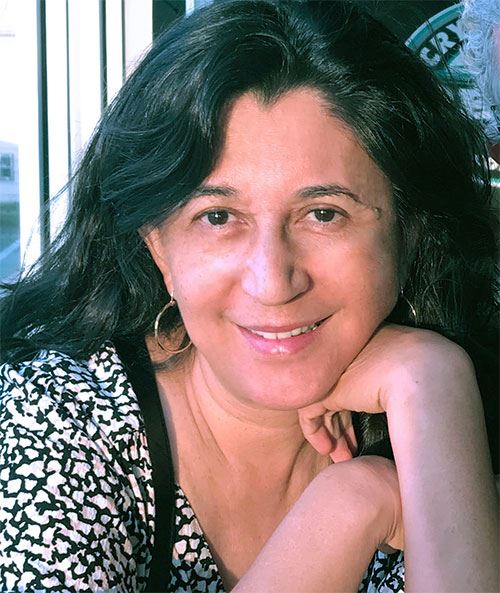 photo by Gabriela Venable |  | 
David Yetman is distinguished outreach faculty and a research social scientist at the Southwest Center of the University of Arizona, where he has worked since 1992. His research specialties include |
ecology of the genus Bursera and its interaction with herbivores, with special focus on the chemical adaptation of plants and the behavioral counteradaptations of insects. She has published more than thirty articles on the phylogeny, ecology, chemistry, and ethnobotany of Bursera in scientific journals that include Science and the Proceedings of the National Academy of Science. She is currently studying the chemical and genomic links between stinkbugs and Alzheimer’s disease.
|
the peoples and ecology of northwest Mexico and the southwestern United States. Yetman has a PhD in philosophy and is author of numerous books and articles, including Sonora: An Intimate Geography, Natural Landmarks of Arizona, and The Saguaro Cactus: A Natural History. Yetman is the former host of the PBS series The Desert Speaks and current host and co-producer of the PBS travel/adventure series, In the Americas with David Yetman.
|
We are always thinking of your safety and if you are not feeling well we ask that you join us on the internet Zoom presentation. If you're doing well and would like to attend you are perfectly welcome to come and join us for this really special in person presentation (masks will be encouraged but not required). This meeting will also be a Zoom program and will be an important educational and informational event you must see. Also, if using Zoom, be sure to log in to win a $25.00 gift certificate from TCSS or choose a copy of the new 3rd edition of the Field Guide to Cacti & Other Succulents of Arizona. Excellent plant give aways will take place at the in-person meeting but that portion of the program, because of the recording, will not appear on Zoom. When leaving the live in-person meeting, please enjoy great refreshments provided by our member volunteers and also, everyone can get a special free plant offered to you by the TCSS. |
January 4, 2024 7:00 pm |
In this newly developed presentation, Greg takes you on a journey of Baja California through the eyes of the genus Ferocactus. The presentation takes you through them alphabetically and Greg will discuss each species touching on their size, flowering, variability, and distribution. Ferocactus in Baja California grow at a wide range of elevation, from near sea level to around 6,000 feet elevation. They are found in sandy soil near the Pacific Ocean and the Gulf of California to the rock crevices in the mountains throughout the peninsula. Join Greg as he takes you on a whirlwind tour to look at the plants, their flowers, and variety of spines and their colors found in the fascinating and captivating genus Ferocactus. Greg uses the book titled Die Ferokakteen der Baja California by Franziska and Richard Wolf as his starting point for nomenclature, and species concept and distribution, but has also used the website iNaturalist.org for updated distribution. The Wolf’s are German, and no, Greg Does not all of a sudden read German, but he does use the English translation that is part of the book. One year while traveling with Ferocactus enthusiast Tim Gregory, they were comparing rib counts and spine counts to those published in books and descriptions and realized that each author appeared to follow the numbers of previous authors, and nobody was updating that information. Greg and Tim realized that there was a clear need for a comprehensive study of the Ferocactus of Baja California. If some enthusiastic graduate student should take up the project, Greg would be more than happy to accompany that student on multiple trips to Baja California to assist in the production of a comprehensive treatment of the genus. Join Greg as he takes you on a whirlwind tour to look at the plants, their flowers, and variety of spines and their colors found in the fascinating and captivating genus Ferocactus. Greg was born and raised in Tucson, Arizona, and has grown to love the desert and its flora and fauna. He graduated from the University of Arizona in 1979 with a Bachelor of Science in Horticulture, and after working in the landscape industry he went back to the University to study Botany and further his education in horticulture. Greg worked for Warren Jones (co-author of Plants for Dry Climates and Landscape Plants for Dry Regions) and Dr. Charles Mason at the University of Arizona herbarium. Greg made his first foray into the world of collecting in 1979 when he traveled with Warren and Bill Kinneson to Texas where he saw firsthand, in habitat, the many plants he had only |
experienced in the nursery or landscapes. He graduated from the University in 1985 with a Master of Science in Horticulture with a special emphasis on botany. He opened Starr Nursery in the summer of 1985 and has specialized in low water use plants for landscaping in southern Arizona. Greg has traveled extensively in Mexico and the southwestern United States to study the plants for their potential landscape use in desert regions of the world. He has also traveled to South Africa, Madagascar, Peru, Ecuador, Chile, and Argentina all in his quest for knowledge about the world and its flora and fauna. Greg cut his teeth writing articles for various journals including the Cactus and Succulent Journal published by the Cactus and Succulent Society of America, Haseltonia, and Desert Plants. Greg has continued writing and his first book, Cool Plants for Hot Gardens, was released at the end of April 2009. That sold out and Greg revamped the book, went the self-publishing route, and had the revised edition printed locally in December 2021. His second book, titled Agaves: Living Sculptures for Landscapes and Containers, was released in early May of 2012 and is currently out-of-print. He is a co-author for the Field Guide to the Cacti and Other Succulents of Arizona. He is hard at work on Cool Cacti and Succulents for Hot Gardens, hoping to finish that before summer 2024. He is passionate about Ferocactus and always learning more, and this is a great opportunity to further his understanding of the genus and help educate others who are also interested in learning more. Greg has described seven new species of Agave three new species of Hesperaloe and was a part of the team that described Thelocactus tepelmemensis. He now spends much of his time in botanical pursuits, tapping at the computer hoping another book will take shape, preparing PowerPoint presentations, and tending to Starr Nursery, specializing in Agaves and related plants as well as other succulents and new introductions of perennials, flowering shrubs, and small trees from arid and semi-arid regions around the world. The Tucson Cactus and Succulent society has been generous in support and funding of his pursuits to describe new Agave species and increase our understanding of the genus. |
Ferocactus acanthodes |
Ferocactus rectispinus below) |
|
We are always thinking of your safety and if you are not feeling well we ask that you join us on the internet Zoom presentation. If you're doing well and would like to attend you are perfectly welcome to come and join us for this really special in person presentation (masks will be encouraged but not required). This meeting will also be a Zoom program and will be an important educational and informational event you must see. Also, if using Zoom, be sure to log in to win a $25.00 gift certificate from TCSS or choose a copy of the new 3rd edition of the Field Guide to Cacti & Other Succulents of Arizona. Excellent plant give aways will take place at the in-person meeting but that portion of the program, because of the recording, will not appear on Zoom. When leaving the live in-person meeting, please enjoy great refreshments provided by our member volunteers and also, everyone can get a special free plant offered to you by the TCSS. |




 Opuntia echios meristem
Opuntia echios meristem
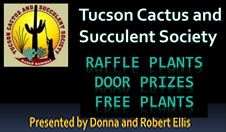





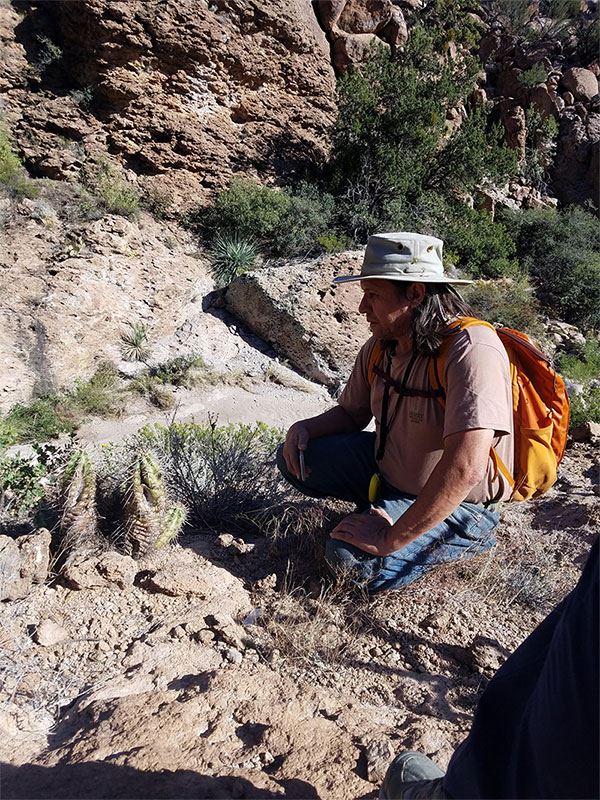
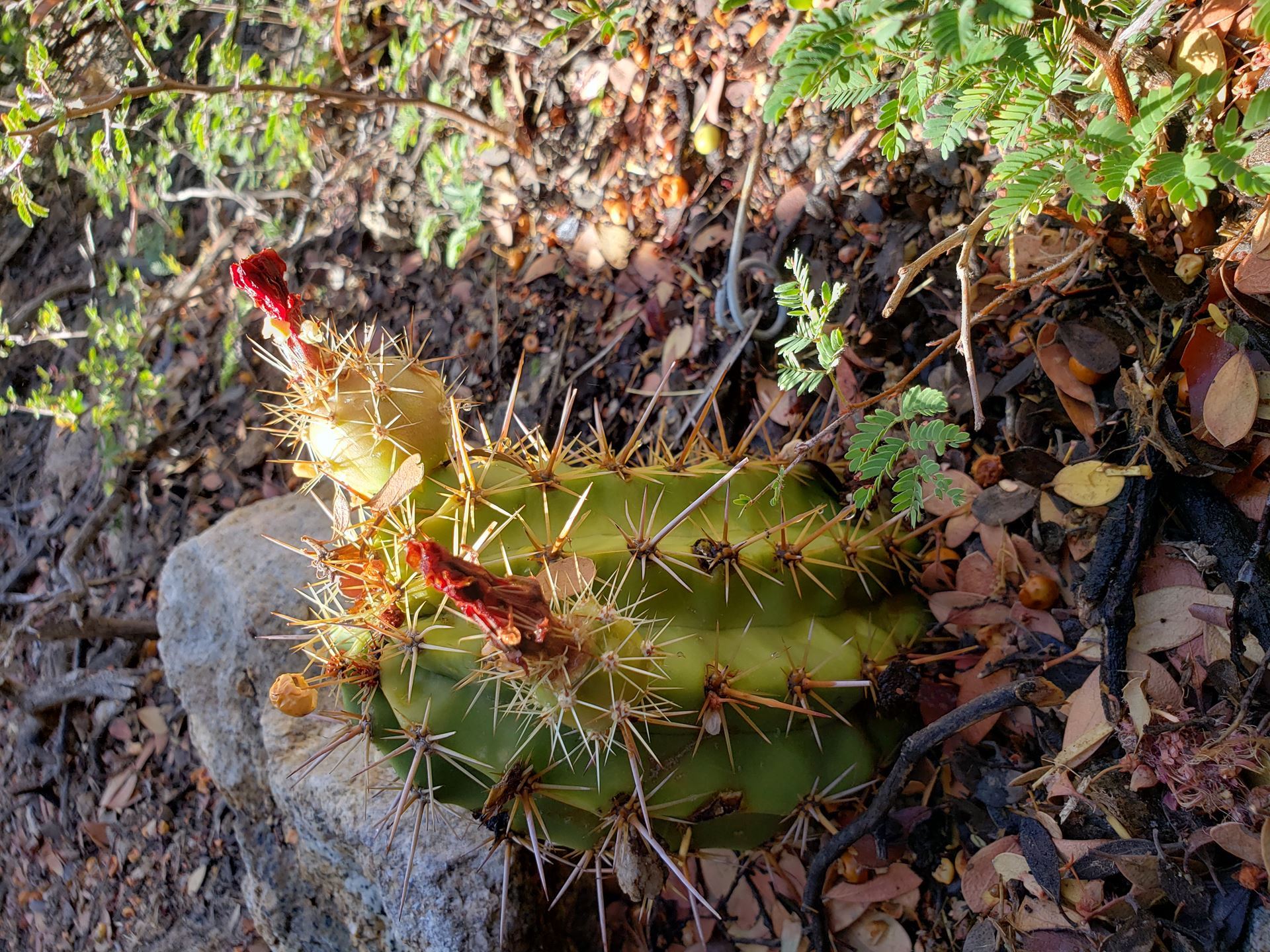
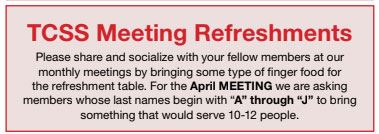


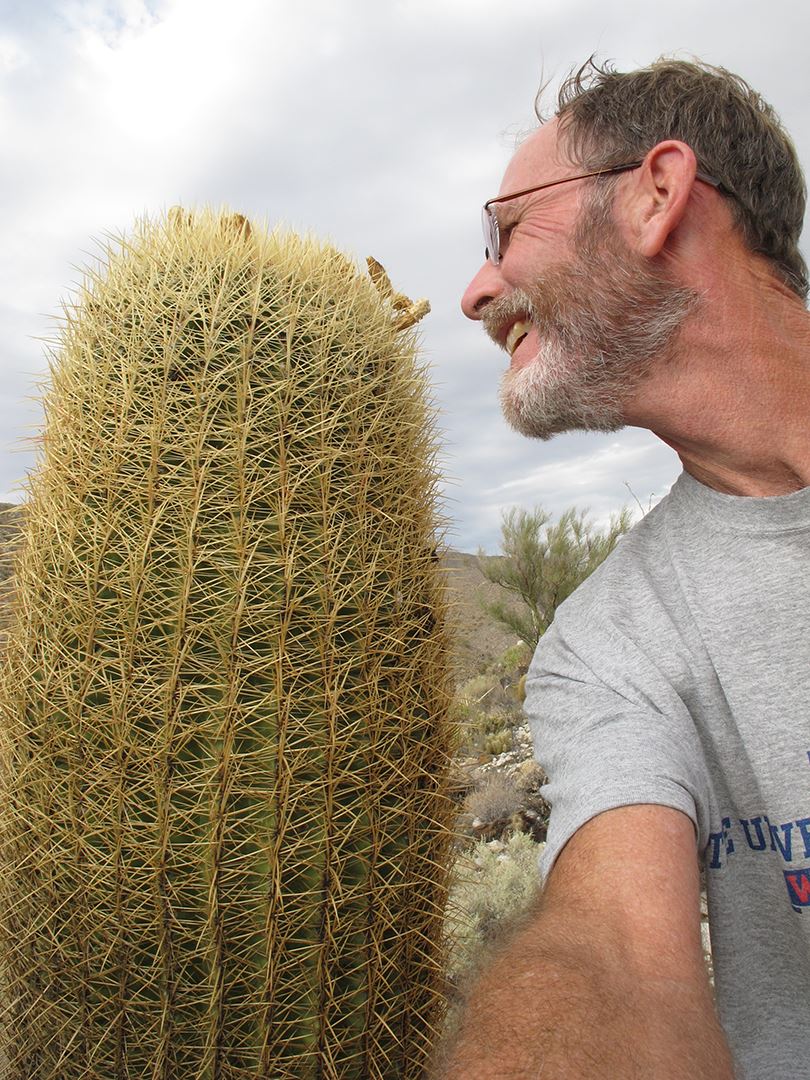
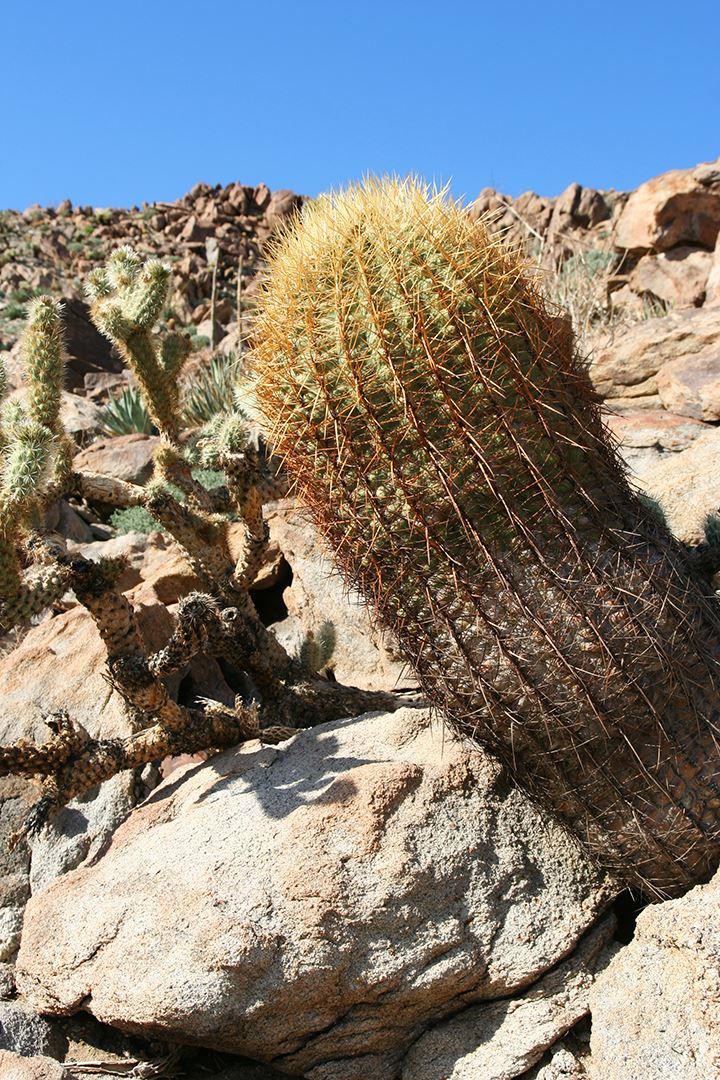
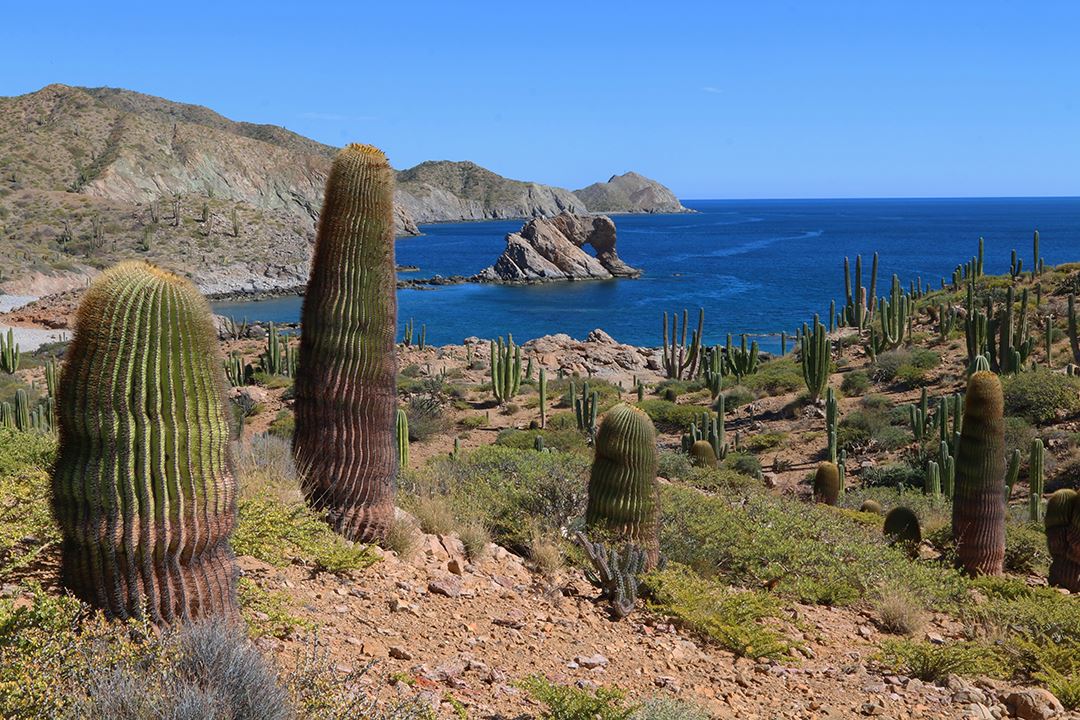
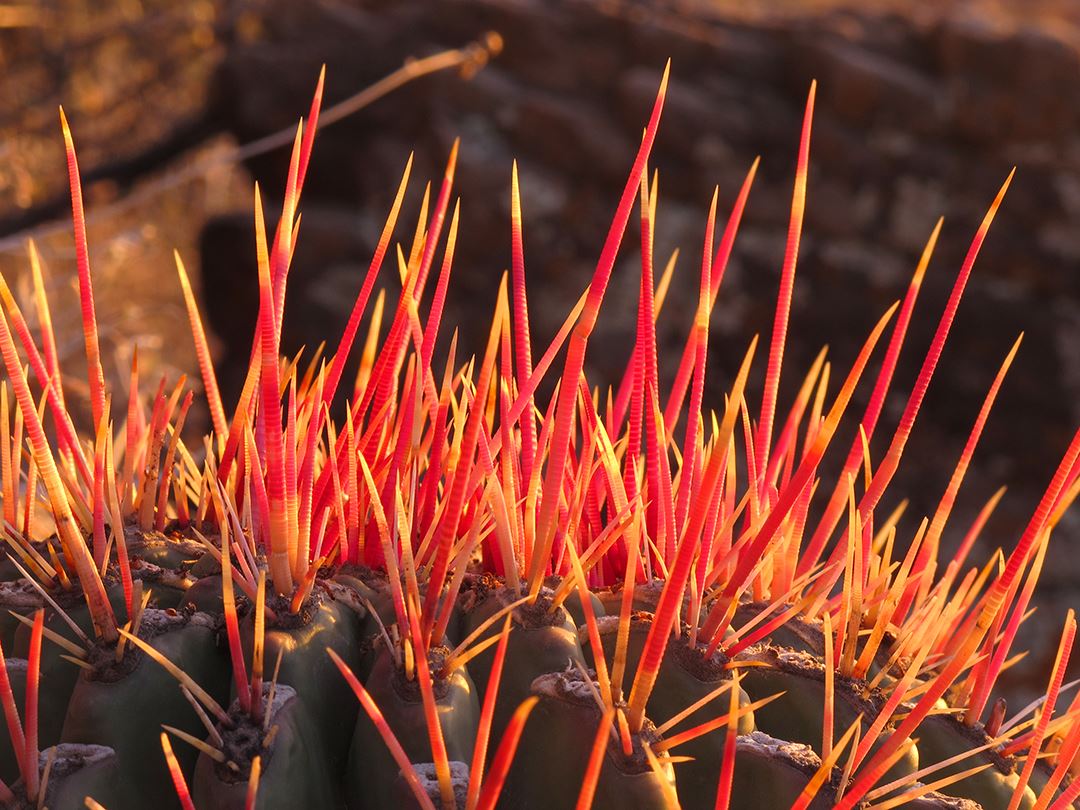
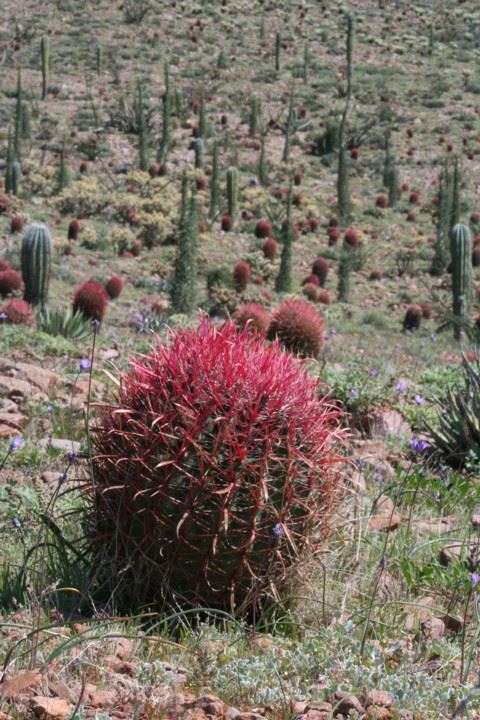


.png)
